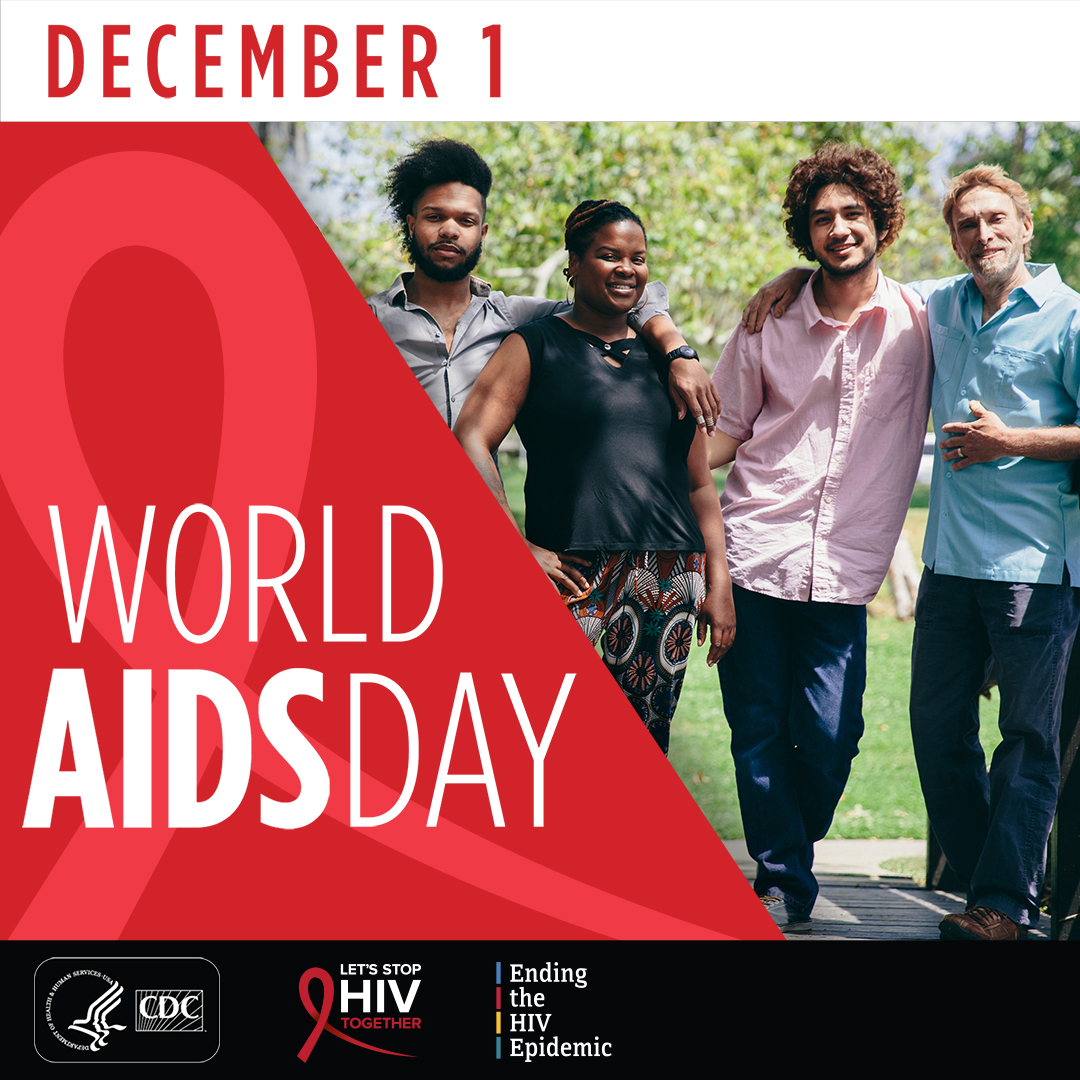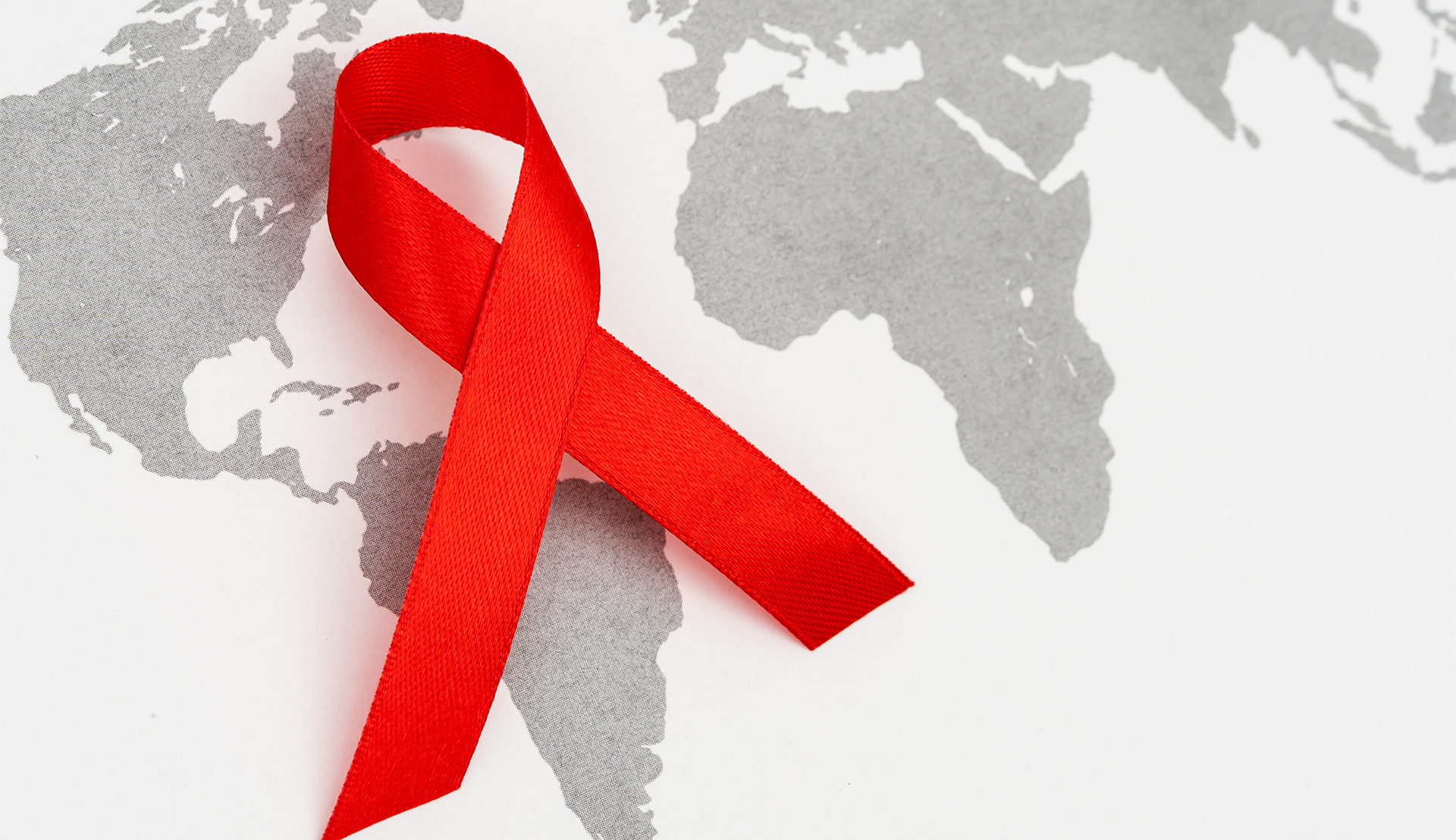
As BIPOC Mental Health Awareness Month is nearing its end and protests against racial inequality continue, you may be wondering what the acronym stands for. Moving away from the term “minority” to describe non-white persons, BIPOC is the favored descriptor per organizations such as Mental Health America, to remove the connotation of non-white persons being “othered” in American society.
Below, in the article, What Does the Acronym BIPOC Mean?, author Kendra Cherry defines BIPOC, explains why the acronym matters, when and when not to use the term, and the implications of labeling and mislabeling others.
What Does BIPOC Mean?
As people work to educate themselves about racism and racial justice, there are new terms and acronyms that some people may not be familiar with. BIPOC is one acronym that has become more prevalent due to the 2020 George Floyd protests against police brutality and the Black Lives Matter movement. The acronym BIPOC stands for “Black, Indigenous, and People Of Color” and is pronounced “buy-pock” as opposed to saying each letter individually.
The BIPOC acronym originated from the term “people of color,” which itself emerged as a “person-first” way to take back the phrase “colored people” from its racist history. The BIPOC acronym builds on that, while also acknowledging that not all people of color have the same experiences or deal with the same types of injustice.
What Does Each Letter Mean?
Black refers to mid- to dark-toned complexions who often have African or Caribbean ancestry and who are often the descendants of people who were enslaved. Black Americans have a unique history that is not shared by people of color in other countries. They have been referred to by many names throughout U.S. history, including abhorrent slurs.
The addition of Black to the acronym highlights the specific forms of racism and oppression that Black Americans face.
Indigenous
Indigenous refers to groups native to the Americas who were here before the colonization by Europeans. This includes Native Americans, as well as Indigenous peoples from the Americas who have later immigrated to the U.S.
Indigenous people have experienced discrimination and mistreatment from official policies and practices as well as erasure of their culture and identity.
People of Color
People of color is an umbrella term to refer to non-white individuals who often face discrimination. Non-white people include those who have Asian, Middle Eastern, Indian, and Pacific Island heritage, among others.
While these groups are often included under the collective POC umbrella, it is important to remember that all of these people have their own cultural history and are often affected by prejudice and discrimination in different ways.
How Does BIPOC Relate to POC?
POC on its own can often be seen as a way of erasing or minimizing the unique experiences of Black and Indigenous people. BIPOC, on the other hand, helps foster greater inclusion of people who have faced racism and mistreatment because of the color of their skin and their culture.
The acronym POC can be used to imply that all people of color (Asian, Latinx, Black, Pacific Islander, and Middle Eastern, for example) have the same or similar experiences. It can also appear to insinuate that people from non-white ethnic groups are interchangeable.
BIPOC aims to unite all people of color while also acknowledging the unique history of oppression, systemic racism, and cultural erasure that Black and Indigenous people face. BIPOC is a way of creating greater recognition and inclusion of these marginalized groups.
Acronyms such as BIPOC can play an important role in serving different identities in our society. The labeling of non-white people has a long, often discriminatory history. More recently in history, people have adopted terms intended to foster greater inclusivity and sensitivity, such as the phrase ‘person of color’ or ‘people of color.’
While POC has become a useful way to describe people of non-white backgrounds from all over the world, there is an emerging awareness that there is a need to include more people and acknowledge that some groups are often left out of the conversation. Indigenous people, for example, are often excluded from discussions of race issues.
By including Black and Indigenous, the BIPOC acronym specifically addresses two groups that have faced and continue to face prevalent discrimination, racism, and oppression.
Research has shown that racism and implicit bias can have a wide range of damaging consequences:
- Black children, especially Black boys, are more likely to be singled out due to behavioral issues, making them more likely to face expulsion from school.
- There is significant racial disparity in the treatment of Black defendants in legal proceedings. Black defendants are more likely to receive harsher and longer sentences than white defendants for the same or similar crimes. A report by the United States Sentencing Commission found that Black men receive sentences that are an average of 19.1% longer than those of white men.
- Research has found that Indigenous people face discrimination and inequality in health care including stereotyping, abusive treatment, lack of access, and lower-quality care. Such disparities can have a significant detrimental impact on health and well-being.
- Research has found that exposure to racial discrimination has a negative impact on the mental health of ethnic minorities. It is associated with increased symptoms of psychological distress, anxiety, depression, and post-traumatic stress disorder (PTSD).
According to The BIPOC Project, use of the term BIPOC is used “to highlight the unique relationship to whiteness that Indigenous and Black (African Americans) people have, which shapes the experiences of and relationship to white supremacy for all people of color within a U.S. context.”
Uses
Terms like BIPOC can be useful for broad inclusivity when referring to social groups. It is important to keep in mind, however, that these groups are not homogeneous. The BIPOC acronym appreciates the shared experiences and collective power of communities of color but recognizes that these experiences are not always the same and that these communities have unique histories and cultures.
Which Term to Use
How do you know when to use BIPOC or when another term might be more appropriate?
If you are talking about issues that affect both Black and Indigenous people, using BIPOC is appropriate.
When it comes to word choice, be as specific as possible. If you are referring to an individual and you know that person’s specific nationality, you should refer to them by it. If you are talking about an issue that affects a specific group, you should refer to that group specifically rather than use an umbrella term such as BIPOC or POC.
When Not to Use It
If you are referring to an individual or to an issue that affects a specific group of people, use a specific identifier and not a general acronym such as BIPOC.
For example:
- If you are referring to issues that affect the Black community specifically, say Black.
- If you are talking about something that affects Indigenous people specifically, say Indigenous people or refer to their specific tribe or nation.
Not everyone agrees with the use of BIPOC as an umbrella term, suggesting that using this type of generalist approach of lumping so many identities under one broad term erases the ways that racism affects people of different races.
Impact
Acronyms such as BIPOC are important because they are part of reclaiming discriminatory terms and removing their negative connotations. Historically, the term “colored people” was used as a way to “other” and discriminate against non-white people. The restructuring of that term as “people of color” places the emphasis on people first in order to make it more inclusive.
Person-first language focuses on putting a person before a label. It is often used in the context of disability and illness in order to avoid the marginalization and dehumanization of people with conditions or disabilities, but it can also be applied in other ways including in discussions of race.
Sometimes people may struggle to get used to newer terminology, particularly when their attitudes have been shaped by a white-dominant culture and systematic racism. If you or someone you know is struggling to understand why its important to adopt new acronyms and other terms related to race and identity, remember that language is always evolving. Old words fall out of favor and new ones take on new meaning.
So why is it so important to learn about and use acronyms like BIPOC even if they may eventually be changed or replaced? The use of such labels is an important part of inclusivity, particularly if you are not BIPOC. Acknowledging other people’s unique identities and experiences can help marginalized groups feel seen and heard, so it is a worthwhile task to learn new terminology and change how you refer to other people.
For example, older individuals may be more likely to address Black people as “African Americans” because they may have previously learned that the term was more appropriate than other labels. It is important to remember that while some people might prefer to be called “African American,” others prefer “Black.” This may be because many people cannot trace their background to a specific country or because they feel that the term is another way of “othering” Black people.
If it is something that seems like too much effort or too difficult to learn, remember that non-white people have had to regularly adapt their appearances and actions in order to accommodate white people in white spaces for generations, a phenomenon known as code-switching.
It’s worth it to make the effort to help people know that their identity is acknowledged, respected, and valued.
Language is shaped by our individual and societal views, but it is essential to remember that our perspective can also be influenced by the words we choose to use. It is critical to think about how language can be used to oppress and to discriminate. Once biased or racist words and phrases make their way into the mainstream, the use of such terms often goes unchallenged or the discriminatory origins are forgotten.
Changing terminology alone won’t change the systems or culture that uphold white supremacy, but making the conscious effort to be more inclusive in your language can help contribute to a world that is more accepting of diversity and supportive of racial justice.
Effects of Mislabeling
Terms and acronyms that refer to a person’s race are an important part of identity. Racial mislabeling can happen by mistake, but it can also be weaponized to inflict emotional harm. For example, mislabeling can be wielded to intentionally deny or invalidate someone’s racial identity.
Mislabeling can be defined as incidents in which one individual describes another person’s race as something different from how that individual self-identifies.
What to Do If You Get It Wrong
Mislabeling someone can be hurtful, but there are things that you can do to address it and make amends.
- Apologize. Don’t get defensive, trivialize, joke, or make excuses. Say that you are sorry.
- Thank the other person for correcting your mistake. If someone takes the time to correct you, express your gratitude.
- Commit to doing better in the future. Do what you need to do to make sure that you don’t make the same mistake again.
- Educate yourself. Use the Internet—Google is your friend. Read books about race and identity. Work to raise your awareness of issues surrounding race, white supremacy, and racism. Don’t expect others to do the work for you. People are not obligated to take time out of their lives to teach you about their experiences. Instead, seek out information created by BIPOC organizations, educators, writers, and artists to learn more.
Resources
There are many ways to further educate yourself about racism and learn more about how you can foster inclusivity and support antiracism.
Books
- How To Be An Antiracist by Dr. Ibram X. Kendi
- Me and White Supremacy by Layla F. Saad
- So You Want to Talk About Race by Ijeoma Oluo
- The New Jim Crow: Mass Incarceration In The Age of Colorblindness by Michelle Alexander
Organizations
Source: What Does the Acronym BIPOC Mean? by Kendra Cherry; https://www.verywellmind.com/what-is-bipoc-5025158





























